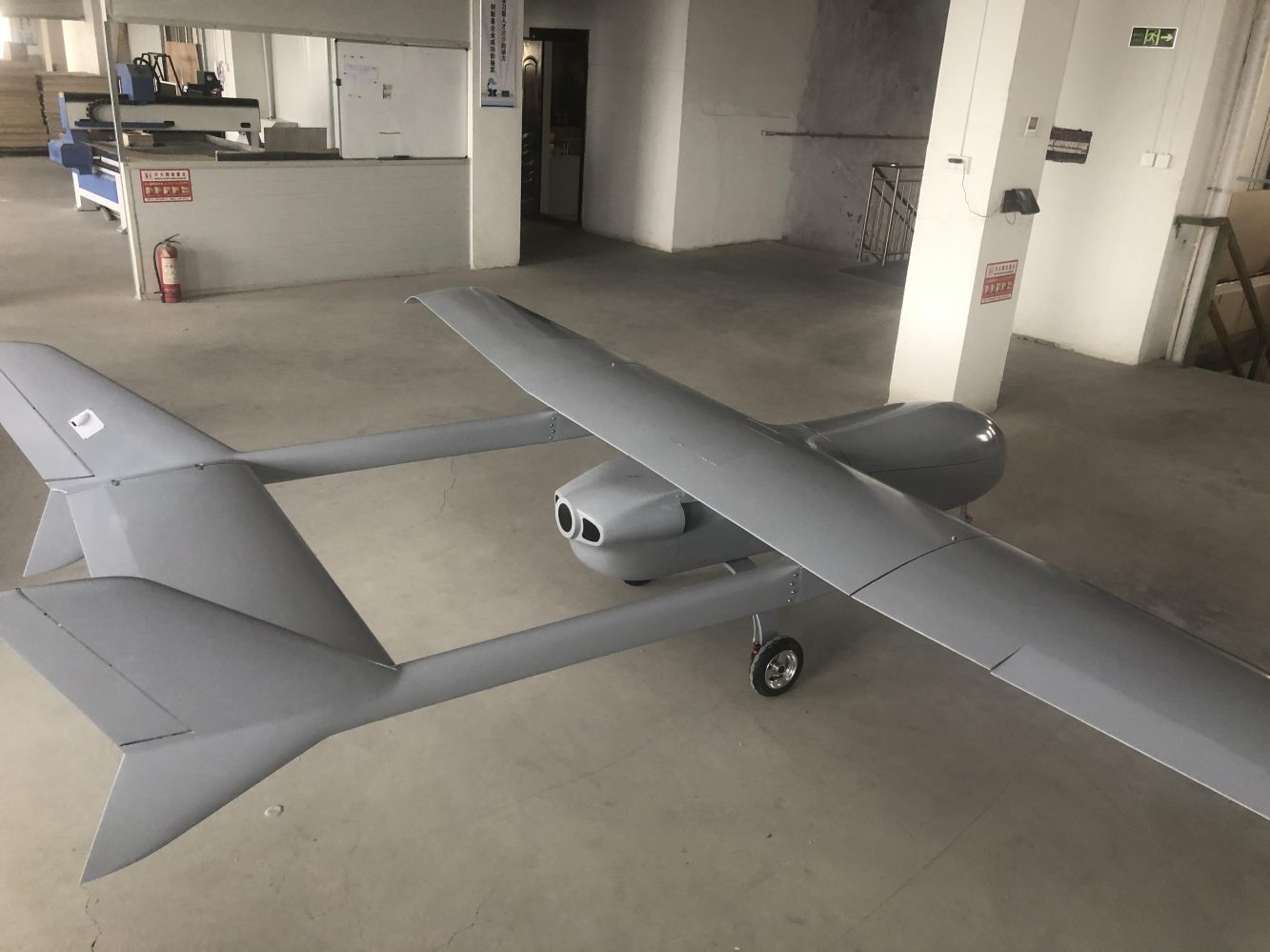
Despite initial Russian claims that an oil refinery that burst into flames after being struck by two “terrorist” drones of purported Ukraine origin, rising speculation – backed by some visual support – suggests the kamikaze UAVs may have been bought for several thousand dollars on the Chinese marketplace Alibaba. If so, that kind of procurement and deployment should get people thinking in a variety of ways.
The incident took place Wednesday morning at the Novoshakhtinsk complex, a major oil refinery in western Russia not far from the border with Ukraine. The facility – which processes 8.2 million tons of crude per year – was struck by what were described as two drones 43 minutes apart, provoking fires and inflicting structural damage.
“As a result of terrorist actions from the Western border of the Rostov region, two unmanned aerial vehicles struck at the technological facilities of Novoshakhtinsk,” said a widely circulated statement from the plant. “Staff have been evacuated and technological equipment has been stopped to assess the damage.”
Read: Ukraine’s mid-size Punisher drone is living up to its name against Russian forces
Some Russian media reports pointed to neighboring Ukraine as responsible for the strike. That theory argued that drones used were either Ukraine’s military PD-1 and PD-2 or Turkish-built TB2 Bayraktar UAVs that have been so successful punishing Russia’s invading troops. But once screen captures of a video that appeared on social media showing the first crash, knowledgeable observers compared still images of the various drones cited as probable suspects and proposed another possibility.
“It wasn’t a TB2, and the Ukrainian PD-1 and PD-2 don’t look like that,” defense news writer Ben Yao said on Twitter. “This, however, looks more like it.”
Read: War in Ukraine is sapping Russia’s supply of commercial drones
“This” is a Skyeye 5000mm UAV found on Alibaba and currently on sale for 50% off at $6,500. The gas-powered enterprise drone carries a maximum of 27 liters of fuel and can take 15 additional kilograms of payload above that. The product specs page says it can fly up to two hours, but an admirably detailed article on The Drive’s War Zone vertical calculates it can remain aloft for seven hours.
That capacity would presumably allow the drone to take off behind Ukraine lines, overfly the country’s eastern area held by separatists and Russian troops, and fly itself into targets in Russia’s western Rostov region.
“Just putting it out here that it would absolutely be wild if the Ukrainians had modified a €9000 Chinese drone bought from Aliexpress into a loitering munition/cruise missile and used it to attack Russia from 150 km away,” Yao tweeted.
Read: Drone video captures Ukraine ambush of Russian convoy nearing Kyiv
It would indeed add another potential source of woe to Russia’s confounded invasion of Ukraine, which has faced unexpected setbacks from deft defense activity using of small, tech-packed consumer drones. The prospect of Ukraine also being able to equip itself with longer-haul, potentially weaponized UAVs bought for a fraction of the cost of military-grade alternatives would represent another thing for Moscow to worry about.
But that accessibility and potential will probably also raise concerns among governments and law enforcement services in non-combat zones as well, where the possible use of drones for violent or criminal activity is already a rising fear.
After all, while much of the world has been impressed and inspired by Ukraine’s abilities to deploy drones against a far better equipped Russian army, it’s a fairly solid bet that militants, radicals, and a variety of wrong doers are also taking note about how they might similarly put relatively cheap, easily procured UAVs to work. That risk explains why many countries, including the US, are already moving to enact laws to both anticipate and punish malicious use of aerial vehicles accessible to buyers who may be learning troublesome lessons from the conflict in Ukraine.
FTC: We use income earning auto affiliate links. More.



Comments